Hospice care involves very sensitive patient information and end-of-life situations, so the organizations that deliver this important service must be efficient and communicate clearly. In a hospice environment, patient care is a critical part of the staff’s day-to-day tasks and each member of a team contributes to delivering that care.
At the core of hospice care are interdisciplinary groups (IDGs), sets of people from a variety of fields who handle all facets of a hospice patient’s care, from medical procedures to medication and even basic day-to-day tasks. This group meets regularly to stay up to date on patient care, communicate updates and tasks across departments, and keep necessary parties in the loop on the patient’s status.
As essential as IDG hospice meetings are, they can be challenging because of the many participants involved. Considering the size of IDGs and the burden of care on IDG members’ shoulders, it’s important for organizations in charge of these meetings to make sure they run smoothly.
To get a better idea of what makes IDG hospice meetings so tricky as well as how to improve them, let’s break down the basics and explore how digitization and collaboration can enhance patient care.
What you need to know about IDG hospice
At the most basic level, IDG (sometimes referred to as IDT) hospice meetings provide a chance for an interdisciplinary group to meet and discuss a patient’s plan of care and properly negotiate involvement from the patient themselves, their family, and various caregivers.
There’s some variety in the makeup of an IDG, but members often include the following:
- Medical director
- Physicians
- Nurses, home aides, and volunteer support
- Social workers
- Therapists (speech, occupational, physical)
- Bereavement specialists (e.g., chaplains or other religious figures)
- Patient and family (They likely won’t attend meetings regularly but should remain informed of key decisions made within the IDG.)
Regardless of who ultimately joins these meetings, each participant needs to fill out Medicare-required conditions of participation, or CoP, that ensure the care plan specifies “the hospice care and services necessary to meet the patient and family-specific needs identified in the comprehensive assessment as such needs relate to the terminal illness and related conditions.”
These guidelines establish the standard of care expected from IDGs as well as a framework for regular meetings (ideally twice a month or more).
Even when all the official paperwork is in place and everyone in the IDG is fulfilling their responsibilities, issues still often arise when it comes to conducting the meetings. Let’s take a look at how to improve meeting efficiency and make sure patient care comes first.
How to maximize meetings
Like any meeting, an IDG hospice conversation can diverge from its course if members don’t stay on topic or lose track of pertinent patient information. Here are the three essential building blocks of an effective IDG meeting:
1. Define roles clearly
Each member of the IDG is present because they care for their patients and want to be involved in improving their quality of life. However, overlapping roles and assignments can make processes unclear and cause issues, like folks leaning into areas where they’re not needed. This ultimately creates confusion and can result in under-delivering in other key areas.
For instance, home aides and volunteers often spend the most time with patients and deal with regular hospice home care, but they can’t perform the same tasks that licensed nurses handle — even if these tasks might seem related or happen in similar environments. It’s always best to clearly define everyone’s roles to avoid any confusion or issues.
2. Take better notes
All IDG hospice meeting discussions should lead toward action items that ultimately have a positive effect on patient care. This is precisely why staying on track and on topic is so crucial, especially to ensure meetings don’t run on for hours or even days. Notes from an IDG meeting should be clear, concise, and actionable so staff can carry out tasks immediately afterward.
One helpful tactic is to use note-taking strategies focused on serving patients. One great technique is SOAP note-taking, an approach that organizes information under the categories of subjective data, objective information, assessment, and plan. From there, note-takers can clearly outline necessary tasks for each member of the IDG after each meeting.
3. Protect patient information
IDG hospice meetings involve deep discussions on a number of confidential, HIPAA-related patient details. No matter how teams collect and disseminate this information, they need to take every precaution to ensure they protect the confidentiality of each person under their care and maintain the security of their data.
How Jotform can help with IDG hospice meetings
Like many aspects of patient care, you can significantly bolster IDG hospice meetings through digitization. With online form builder Jotform, organizations can better track, manage, and assign tasks to ensure more efficient and high-quality patient care.
The platform uses HIPAA-friendly forms that protect patient information, while specific patient progress form templates allow you to easily manage, fill out, and even customize forms to fit each patient’s needs. Collectively, Jotform makes patient care more deliberate and action-oriented without sacrificing the essential communication and trust that IDGs need.
Within a hospice setting, IDGs are the front line in taking care of and supporting patients, while providing friends and family peace of mind. When IDGs use better tools and strategies to manage meetings and deliver care more effectively, everyone benefits — and patients receive the quality care and comfort they deserve.


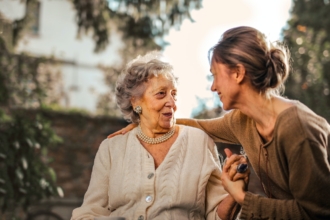
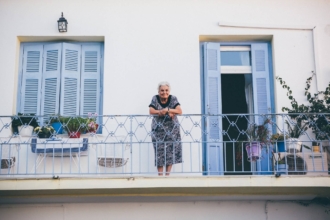

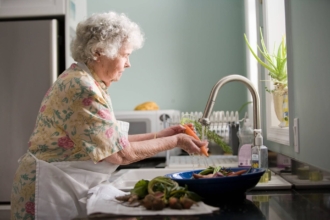
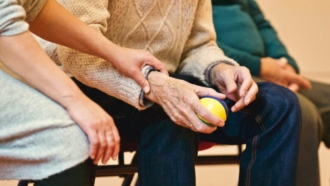

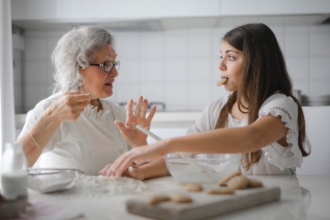
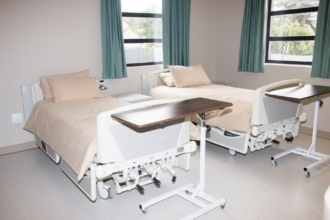
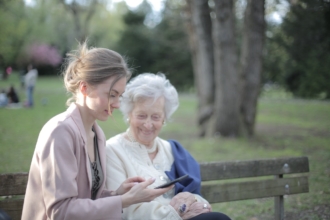





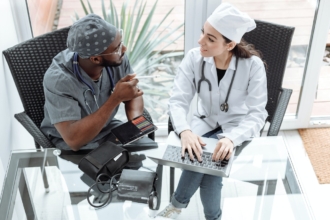

Send Comment: